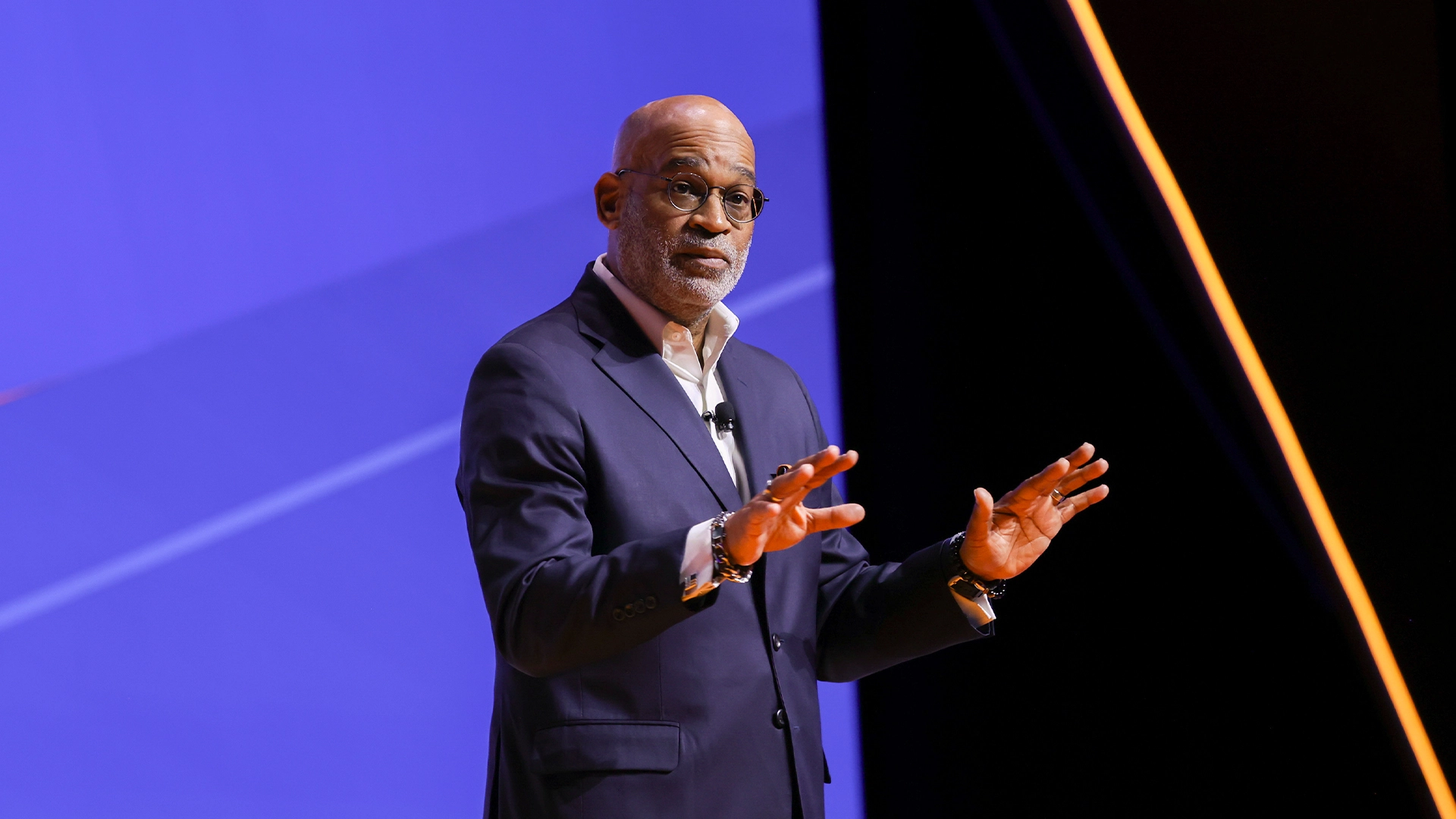The future of AI: The brain of the built environment
Artificial intelligence (AI) has already begun transforming facility management, but the greatest changes are still ahead. For leaders focused on the future, the central question is not if AI will shape operations, but how it will continue to evolve and where it will deliver the most value. As Kayla Oliver points out, facilities are increasingly becoming ecosystems of data, and AI will serve as the “brain” that interprets, connects, and activates insights across these systems. Watch her webinar segment below.
For more AI insights, watch the full webinar: AI and the next era of facility care.
Facilities as data ecosystems
Every facility produces a constant stream of information: CMMS records, occupancy metrics, energy consumption data, lighting schedules, and more. Historically, these streams have been siloed, limiting their usefulness. AI changes this dynamic by functioning as a connective layer across systems. The result is a facility that is not only managed but actively optimized—continuously learning from its own data.
This perspective frames the future of facility management as one defined by integration. AI will become more specialized and industry-specific, allowing solutions to move beyond generic analytics toward tailored insights and actions that reflect the unique requirements of each facility.
Advancements on the horizon
Several advancements illustrate where AI in facilities is headed:
- Predictive maintenance 2.0: Today’s predictive maintenance improves upon the previous preventative or reactive maintenance approaches. But advances in AI help predictive become truly predictive. The future will bring higher-fidelity forecasts that look months, even a year ahead, enabling smarter capital planning and improved uptime.
- Intelligent work order management: AI-powered agents will not just log tickets, but also prioritize tasks dynamically, ensuring resources are allocated where they have the greatest impact.
- Conversational interfaces: Facilities are people-driven enterprises, and AI will enhance frontline teams’ ability to act. Natural language interfaces will provide real-time guidance and support, embedding AI directly into day-to-day workflows.
Together, these capabilities shift facilities from reactive environments to proactive and people-centered ecosystems.
The power of real-time data
The heart of transformation lies in real-time data analytics. Traditional facilities management often relied on planned schedules or occupant feedback to detect issues. AI allows facility teams to move upstream, identifying potential failures or inefficiencies before they are felt by users. This shift—from reactive to proactive—is the core of what it means to “transform” facility operations.
With AI-driven prediction:
- Resources can be allocated more effectively
- SLAs can be consistently improved
- Occupant experience becomes more seamless
- Benchmarking becomes richer, enabling comparisons across assets, sites, or even industries
Ultimately, real-time data positions facilities leaders to anticipate rather than respond.
Technologies that complement AI
AI does not operate alone. Its success depends on complementary technologies that support data collection, processing, and action:
- Data capture technologies: Robust CMMS systems, IoT sensors, and computer vision expand the breadth and quality of data available. From occupancy detection to vibrational sensors on equipment, these tools provide the raw material AI needs to operate effectively.
- Data activation technologies: Even the best insights require human action. Mobile enablement ensures frontline teams receive timely instructions, while robotics—emerging over the next decade—will increasingly automate execution.
This layered approach—capturing, processing, and activating data—creates the foundation for AI-driven transformation.
A human-in-the-loop future
It is critical to remember that facility management is, at its core, a human-centered industry. While AI excels at prediction and pattern recognition, most use cases will continue to be human-in-the-loop—requiring people to interpret, validate, and act on AI outputs. The role of technology is not to replace facility professionals but to empower them with better tools, insights, and capabilities.
Preparing for the next era
Looking forward, the organizations that thrive will be those that:
- Invest in strong data foundations and governance
- Embrace emerging technologies that complement AI
- Train teams to work effectively with AI-driven tools
- Remain adaptable as models, interfaces, and applications evolve
The next era of facility management will be marked by ecosystems of data, smarter predictive capabilities, and seamless integration between human expertise and machine intelligence. AI will not only optimize facilities—it will reimagine what they can become.






